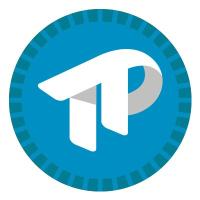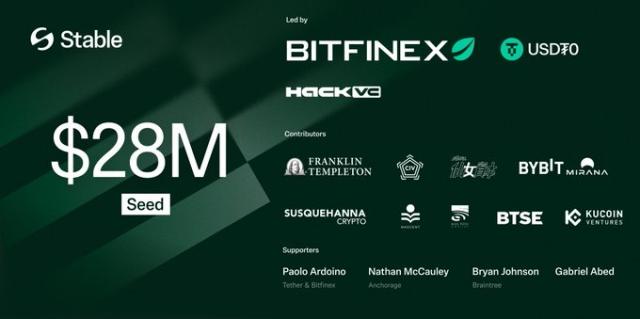The Bank of Korea expressed concerns about the domestic spread of dollar-based stablecoins and urged the National Assembly to actively legislate regulations to block potential impacts on monetary policy and the financial system.
In a written document submitted to the National Assembly on August 20, the Bank of Korea warned that dollar stablecoins currently circulating in some domestic financial markets could serve as a pathway to circumvent foreign exchange regulations and potentially adversely affect monetary sovereignty and financial stability. This issue has drawn particular attention from the financial sector, especially as it comes ahead of a planned series of meetings between Circle, the issuer of the representative dollar stablecoin USDC, and major domestic commercial banks.
Stablecoins are cryptocurrencies designed to maintain price stability by linking their value to a specific fiat currency (such as dollars or won). The Bank of Korea diagnosed that if foreign currency-based stablecoins are widely distributed, the broad money supply could increase, and currency substitution could occur, potentially weakening the effectiveness of domestic monetary policy. In other words, if digital dollars are used domestically instead of won, the central bank's interest rate adjustments may not be as effective as expected.
Additionally, the Bank of Korea specifically proposed measures to enhance the safety of won-based stablecoins. It first stated that the self-capital requirements for stablecoin issuers should be set at 25 billion won or more, equivalent to internet-only banks. This is significantly higher than the 500 million to 5 billion won self-capital standard proposed by some lawmakers and is suggested as a minimum safeguard against systemic risks. It also emphasized the need to apply differentiated regulations based on issuance volume and establish a new supervisory system comparable to financial institutions' soundness regulations.
Furthermore, the Bank of Korea raised the need to establish a legal policy consultation body to handle policy decisions in preparation for a digitalized financial environment. The proposal includes participation from the Financial Services Commission, Ministry of Strategy and Finance, and the Bank of Korea to comprehensively manage won stablecoin issuance requirements, reserve asset composition, and issuance volume caps. A method of direct management by the Monetary Policy Committee is also being considered for certain scale thresholds.
Meanwhile, the Bank of Korea reaffirmed its commitment to commercialization regarding the 'Project Han River' digital financial experiment incorporating central bank digital currency (CBDC), and announced plans to accelerate infrastructure development through deposit tokens. This is interpreted as a strategy to allow banks to directly participate and lead financial innovation, premised on coexistence with stablecoins.
This trend is expected to become an opportunity for monetary and financial authorities to strengthen institutional responsiveness as digital assets and traditional finance gradually converge. Particularly in a domestic environment with low foreign exchange liberalization, the spread of stablecoins could be a factor that destabilizes policy authorities' monetary control, so discussions on institutional refinement are likely to continue expanding.
Real-time news...Go to Token Post Telegram
<Copyright ⓒ TokenPost, Unauthorized Reproduction and Redistribution Prohibited>






